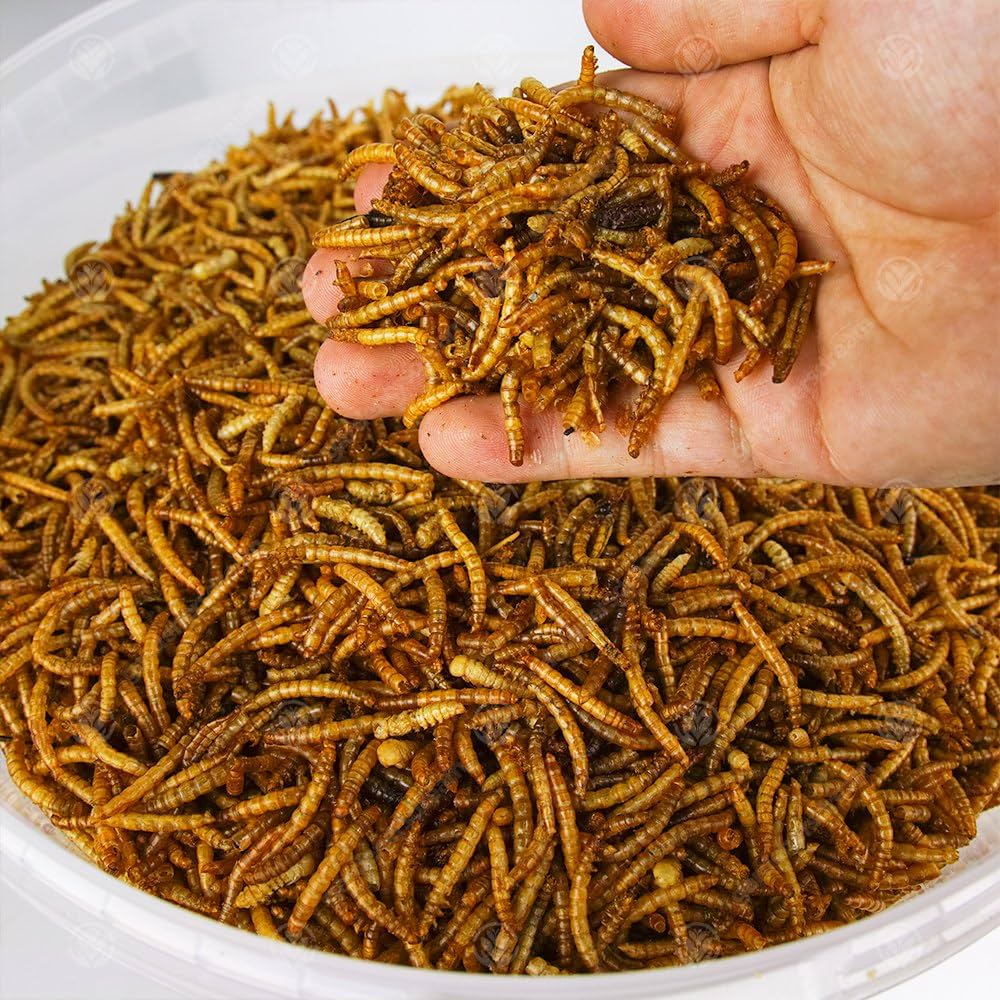Rather than build a brand new facility from scratch, Beta Hatch took a brownfield approach, looking to utilize and revitalize existing infrastructure. The Cashmere facility was an old juice plant that had been idle for nearly a decade.
In addition to its transformational model, the company says its production process is based on a zero-waste system: mealworms are fed organic by-products, and the final ingredients are used as feed and fertilizer.
The facility was funded in part by a grant from the Washington State Department of Commerce’s Clean Energy Fund. Using proprietary HVAC innovations, excess heat generated by network equipment in neighboring data centers is captured and used as the primary heat source to control the environment in Beta Hatch’s growing spaces.
“Sustainability is a big requirement for insect producers, but it all depends on how they do business. We have some very targeted measures in production.”
“When you consider the cost and impact of every new piece of steel that goes into a new plant, there are a lot of efficiencies and cost savings that can be gained from the brownfield model. All of our electricity comes from renewable sources, and using waste heat also improves efficiency.”
The company’s location near apple processing plants means it can use by-products from the industry, such as fruit cores, as one of its growing substrates: “Thanks to careful site selection, some of our raw materials are sourced from less than two miles away.”
The company also uses Washington state dry ingredients, a major byproduct of wheat processing, the CEO said.
And he has “a lot of optionality” when it comes to substrates. Beta Hatch is working on projects with several types of feedstock producers, Emery continued, focusing on feasibility testing to determine whether he can scale his waste-based farming.
Beta Hatch has been operating a small scale-up facility at its Cashmere facility since November 2020. The company began operating its flagship facility around December 2021 and has been ramping up biomanufacturing over the past six months.
“We focused on developing the breeding stock, which is the hardest part of the process. Now that we have a large adult population and egg production is pretty good, we are working hard to expand the rearing.”
The company is also investing in its human resources. “The team has more than doubled since August last year, so we are well positioned for further growth.”
This year, there are plans to build a new, separate facility specifically for larval rearing. “We are raising funds for this.”
The construction is in line with Beta Hatch’s long-term goal of scaling operations using a hub and spoke model. The Cashmere facility will serve as the hub producing the eggs, while the farms will be located closer to where the raw materials are produced.
As for what products will be produced in these scattered locations, she noted that manure and whole dried mealworms require minimal processing and can be easily transported from the sites.
“We will likely be able to process protein powder and oil products in a decentralized manner. If a customer requires a more customized ingredient, we will send all the dry milled product to a processing facility for further processing.”
Beta Hatch is currently focused on producing whole dried insects for backyard birders – protein and oil production is still in the experimental stages.
The company recently conducted trials on salmon, the results of which are expected to be published this year and will be included in a dossier seeking regulatory approval for the use of mealworms on salmon.
“The data shows that the replacement rate of fishmeal is up to 40%, which has been successfully achieved. A significant part of our proteins and oils are now invested in the development of fishmeal.”
Beyond salmon, the company is working with the broader industry to gain approval for the use of manure in feed and expand the use of mealworm ingredients in pet food and poultry production.
In addition, the company’s research team is exploring other uses for insects, such as producing medicines and improving vaccine production.
Post time: Jun-12-2025

